Stronger powers given to councils for quick street changes to aid cyclists & pedestrians
One of the biggest issues with social distancing right now is having to avoid people walking down often narrow pavements on the way to shops or exercise.
For some that means constantly crossing the road in busy areas and for others simply walking in the middle of the road.
If you’re unlucky you’ll forget (or move as much as possible) and still someone will walk past you without giving any space and coughing as they go.
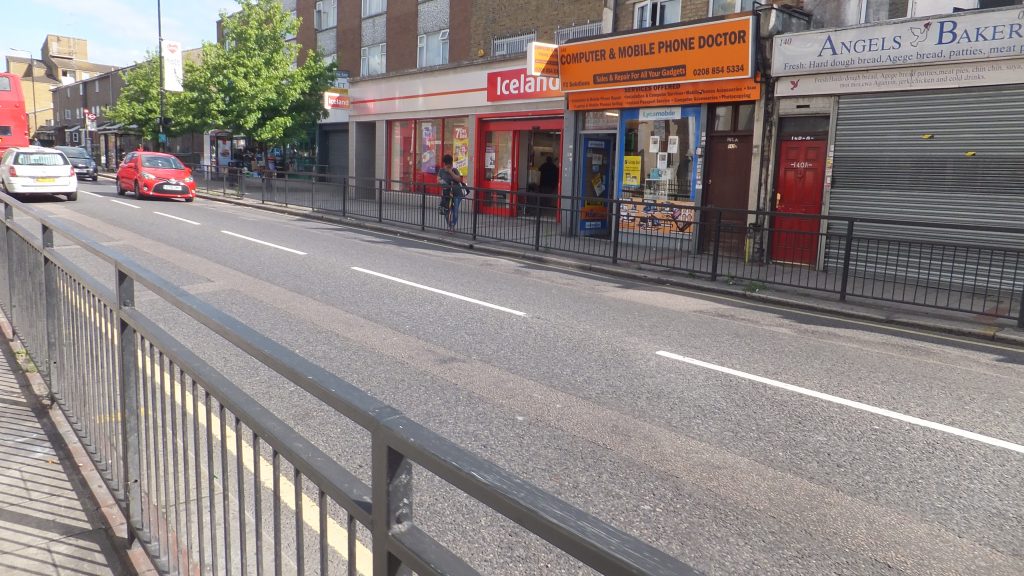
With that in mind, guidance to councils has changed in recent days to make it easier to widen pedestrian space by blocking off parts of roads to traffic and allocating areas to pedestrians. It’s also easier to close roads entirely and install cycle lanes.

This follows a recent post on this site looking at the paucity of space for pedestrians in many areas, and how planned development in New Cross and Woolwich seek to eat away even further at paving.
What the new measures has meant in some places is simply coning off areas of roads where pavements are narrow and people in high density. High Streets and shopping parades mainly. It’s easy and cheap to do.
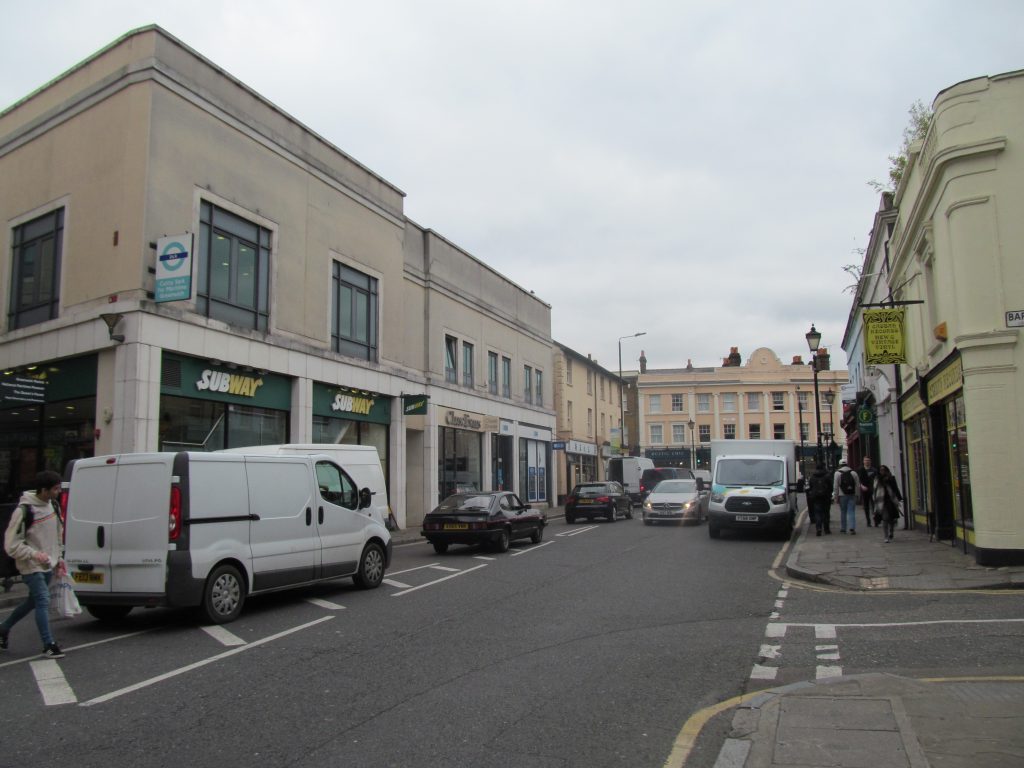
In south east London obvious areas that spring to mind where it could be attempted are Greenwich, Blackheath and Plumstead.
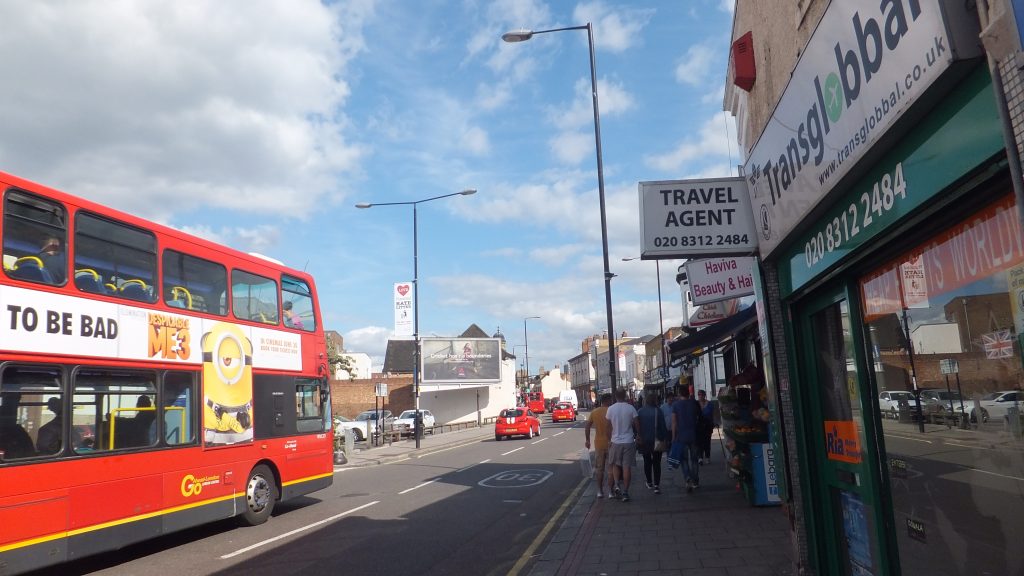
Dr Rachel Lee from Living Streets stated:
“Loosening up the usual rules surrounding Traffic Regulation Orders will make it much easier and quicker for local authorities to create space for people to walk and cycle safely during lockdown.
This pandemic is making us all realise how much public space is given over to individual car use rather than walking and cycling.
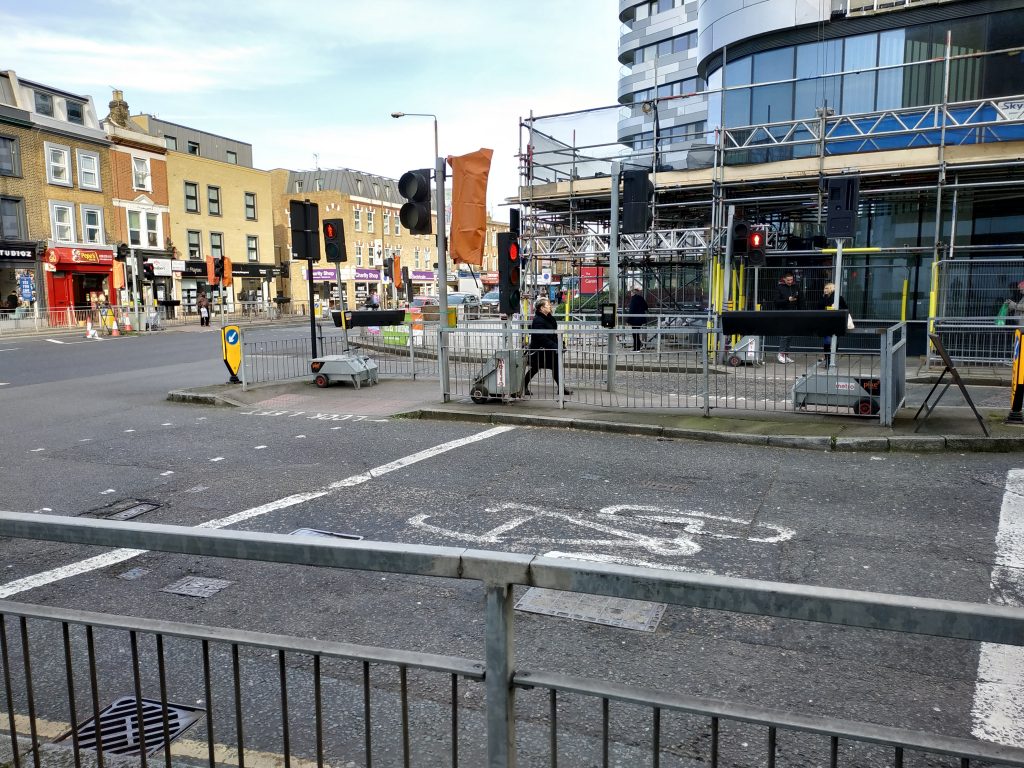
Filtered neighbourhoods, banning cars from certain roads and tackling pavement parking can all help make our daily exercise easier and safer.
Towns and cities worldwide are starting to reallocate road space to allow people to move more freely and ensure people can carry out their daily exercise at a safe distance from others and free from road danger. Now we can start to follow their lead.”
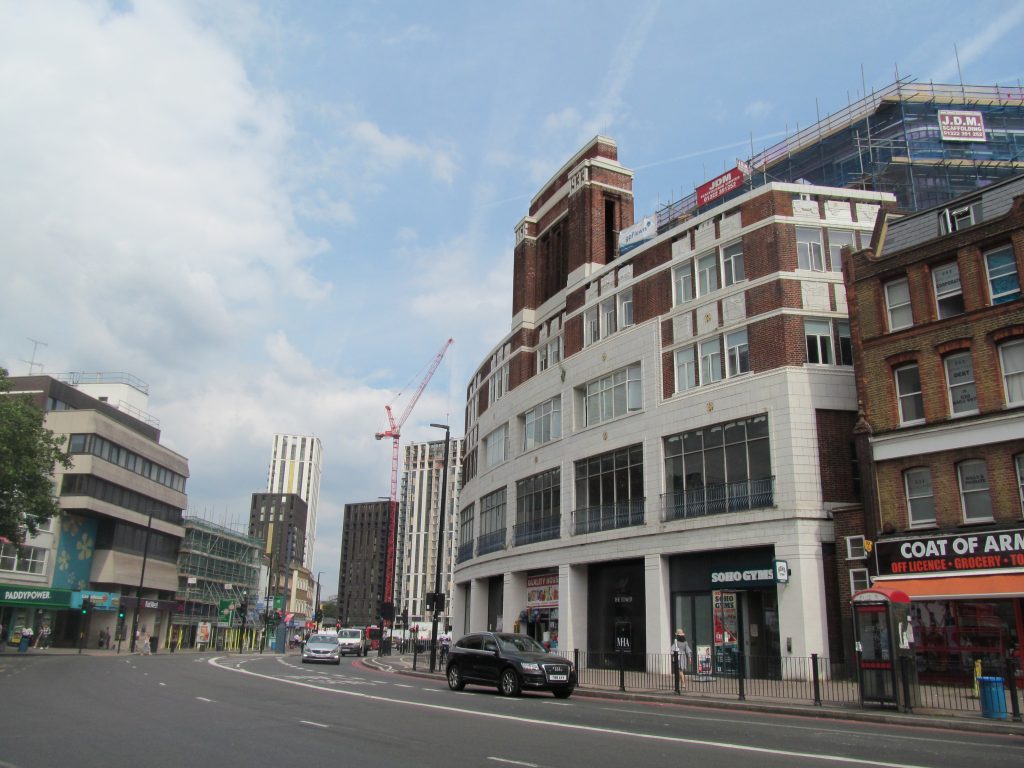
So far I’ve not heard of any action in many areas of south east London. Have I missed any?
As stated by Living Streets, many world cities have been pretty radical and entirely closed streets or limited access to public transport or emergency access only.
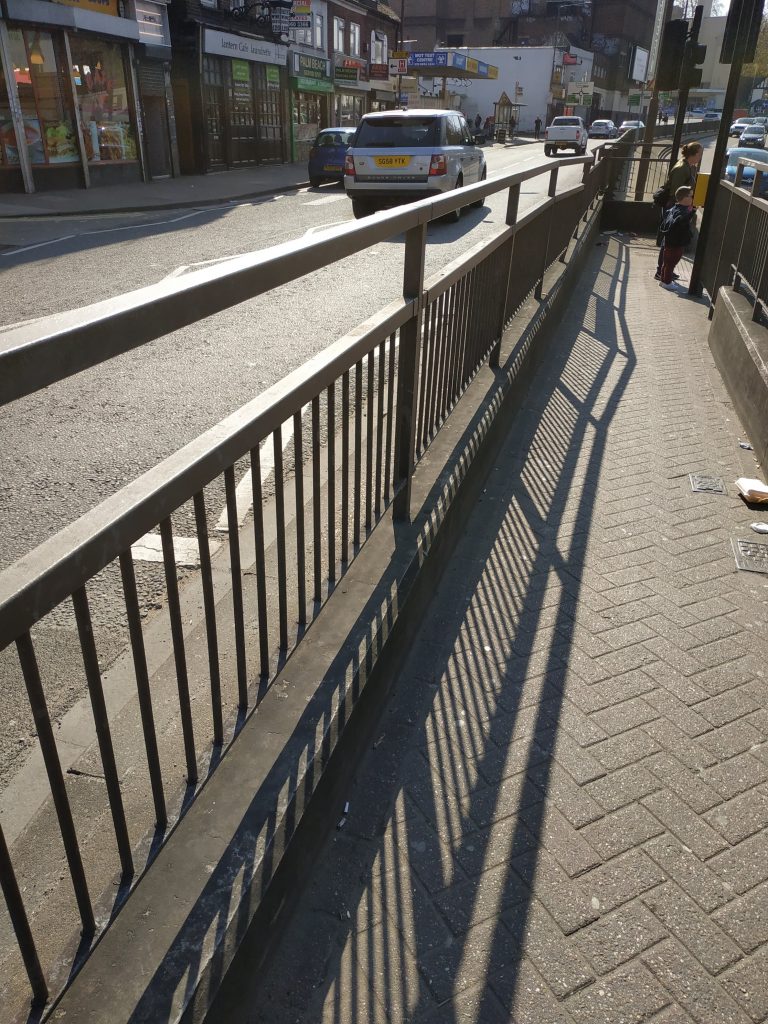
This could also be a time for some radical action for long term changes to reorganise congested city streets for those on foot. Now, more than any other time, is a period that the public could be willing to embrace change. I’ve never seen so many cyclists and families out together on bikes. It shows that when general traffic reduces, people will cycle if they feel it’s safe.
The DfT’s new measures are only temporary, and there’s not even much sign yet that authorities will even use them despite obvious health benefits, but if they do it could be the start of some intriguing long term changes.
Running a site alone takes time and a fair bit of money. Adverts are far from enough to cover it and my living costs as a private renter.
You can support me including via Paypal here Another option is via Patreon by clicking here You can also buy me a beer/coffee at Ko-fi here There's also a Facebook page for the site here Many thanks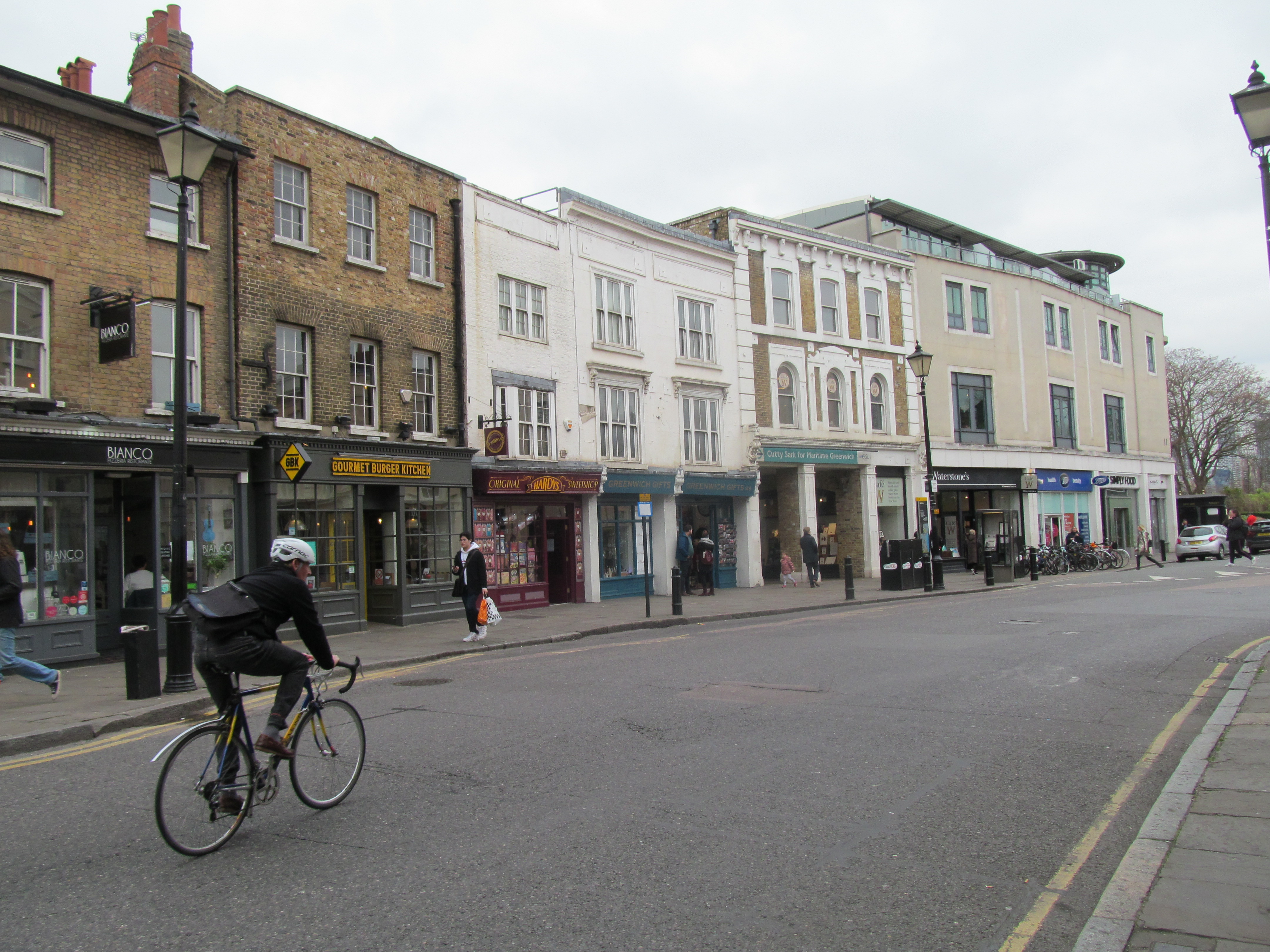
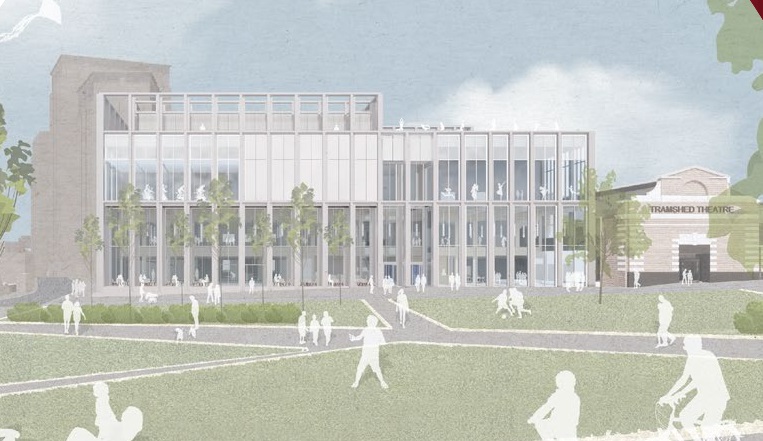
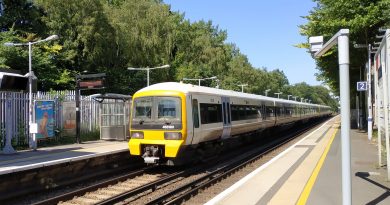
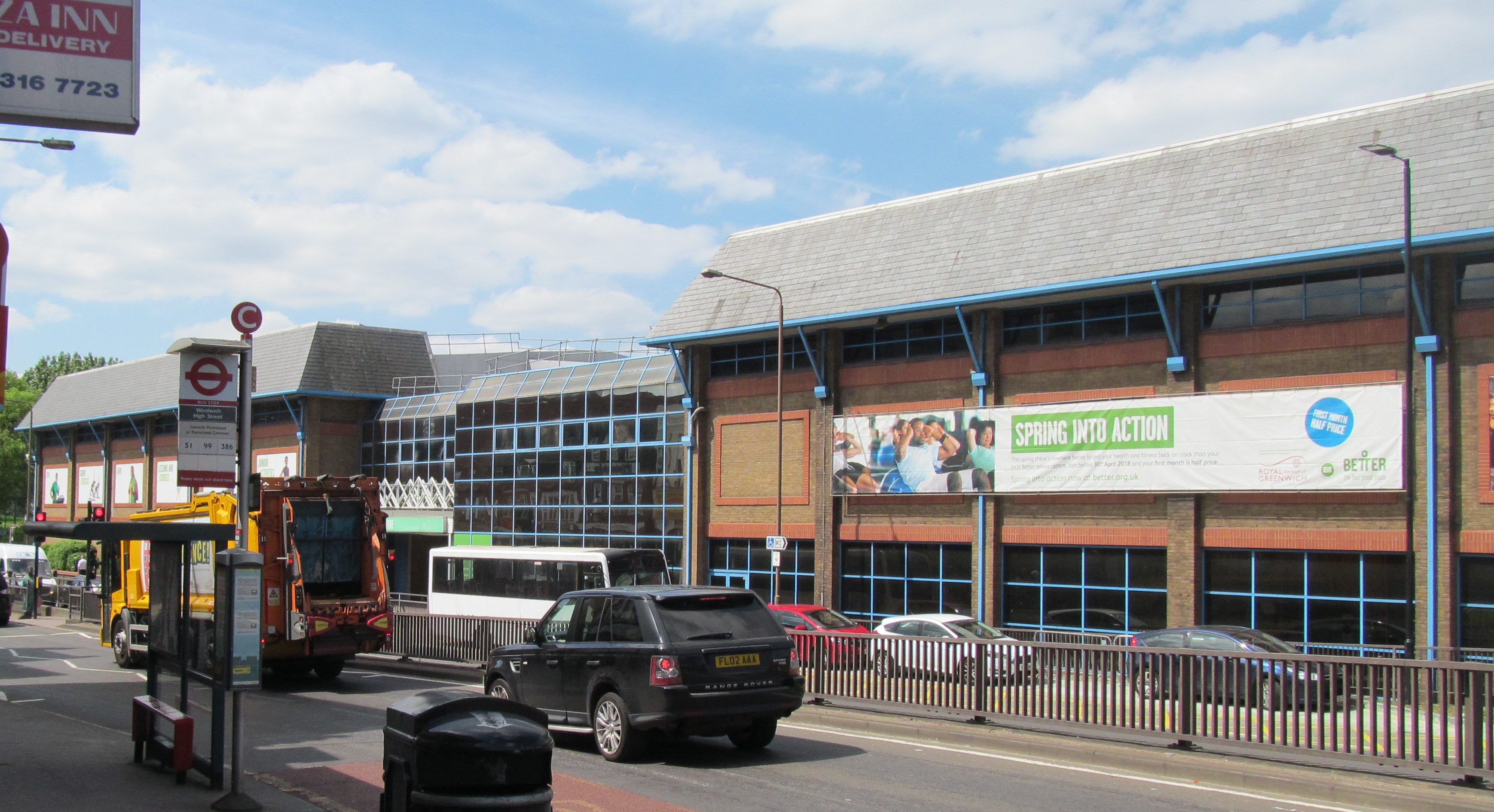
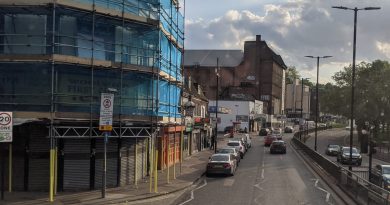
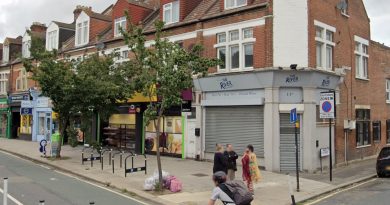
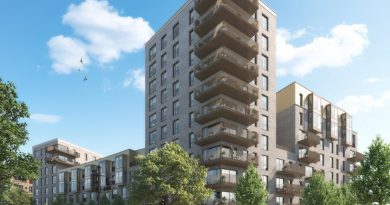
Well I can tell you Royal Greenwich have one of the most conservative highway management teams that I’ve ever encountered. They’ll hate the notion of creating streets fit for the 21st century. Of course we can hope a plucky staff member can take the opportunity while managers are at home to do good work…
Seriously though, this is a splendid chance for some experimentation. It really would only need cones and signs and not much else in some places. I will concede that some key locations are rather trickier but some ambition would be very welcome. For one, it will save lives. Two, it will show many the possibility of change. But sadly change is what many in authorities fear.
Yes of course all of that – but how (in a non virus world) do you provide for people who for a whole lot of reasons cannot walk, cycle or get the bus but who are not disabled enough for a blue badge. In any case tbhe blue badge scheme is about car use!
Many OAPs now use taxis to get about – and I suspect this has never been monitored. They just do it, and no-one knows how many.
If you are not to condemn many many people to a life of housebound isolation you need to do a lot more than just ban cars =-ie – make all bus and train exits level with the pavement – provide a lot of seating at all bus stops and ALL railway stations (many big stations – ie east Croydon – have none!) – think about steep hills and how you can get people with heart or weakness ailments up them – set up free delivery systems for people who can’t carry shopping very far – extend taxi type services (by type I mean not fossil fuel powered )for any journey wanted (perhaps with a distance limit) – re-open and provide many many more public toilets – and I am sure there are a lot more things which need to be done first.
In my experience, it doesn’t matter how wide the walkways are, there’s always some idiot who must walk as close to you, as possible! (One doesn’t need to be unlucky, as you’d supposed, in your article. One merely has to live in Woolwich!)
First step – remove all guardrail
I agree SuoerUnknown and also with yourself Ed. But we have to remember this is the Royal Borough of Greenwich we are talking about with I think was Edward’s point.
Maryorelse the taxi card option you touched on for disbaled people could be more widely used a cross the Borough for disabled people who qualify. The taxi card could then be used for going out shopping and or visting friends and relatives.
Many disabled people and those with other underlying health conditions (heart and lung conditions) etc struggle to walk up steep hills etc. For some people this may be a cheaper option to the mobility car which is only used a few of times a week. Giving them more money in their pockets and reducing car usage.
yes I know but t gets no publicity and I don’t know how you get referred to it. i barely know it exists
**SuperUnkown **